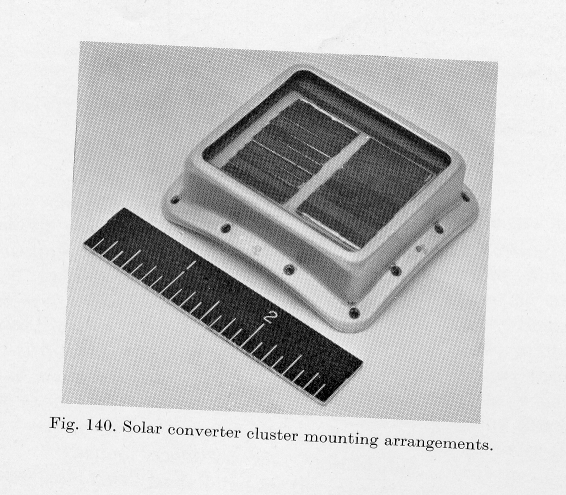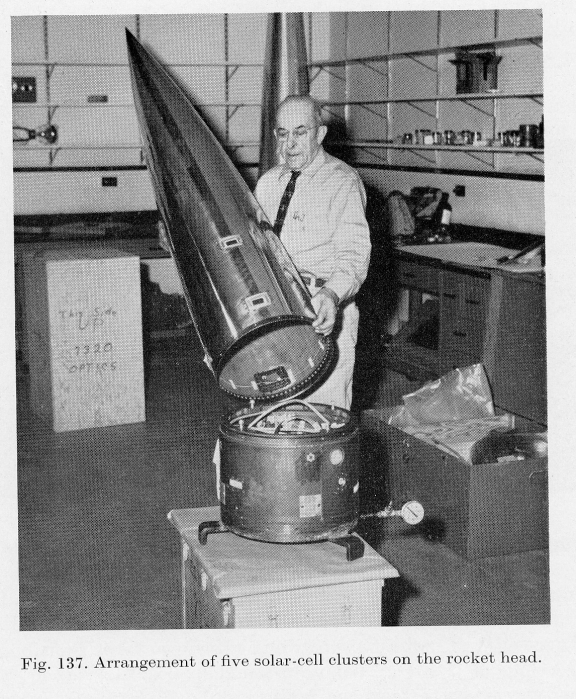- Home
- Classes
- Physics 150 – Nuclear Weapons – Physics, Policy, Proliferation – Fall 2025
- Physics 134 – Observational Astrophysics – Fall 2025
- Astro 1 Spring 2024
- INT 86TN Planetary Defense – Spring 2024
- Symmetry & Aesthetics in Contemporary Physics
- INT 184 – PL Interdisciplinary Honors Seminar – Weapons of Mass Destruction – Spring 2013
- Physics 150 – Modern Design and Fab – Fall 2019
- Physics 4 – Winter 2023
- Physics 141 – Optics – Spring 2019
- Physics 145L – Astrophysics Research
- Physics 199 – Independent Research
- Projects
- Interdisciplinary Center for Interstellar Exploration (iC)
- NASA Watts on the Moon
- Extrasolar Travelers
- CMB-S4 – Ground Based CMB Cosmology Program
- Wafer Scale Spacecraft
- PI-Multimodal Planetary Defense
- Lunar Rover Project
- DE-STAR
- Starlight
- GreenPol – CMB Cosmology
- PLANCK
- Starshot
- SETI
- Small Projects
- Previous Projects
- Facilities
- People
- Net
- Outreach
- Media Links
- NASA Space Grant Student Scholarships
- Bright Stars – VoH
- ARC – Undergraduate Aerospace Research Coop
- POINT – Undergraduate Physics Organization for Innovation and Technology
- All Sky Camera Project
- Education and Public Outreach
- Gaucho Rocket Project
- Undergrad Research Opportunities
- The Space Race
- Misc
- Papers
The Story of Vanguard
By John Perlin
Based on the book “From space to earth: the story of solar electricity”

Advertisement for the first practical solar cell developed at Bell Laboratories in” 1954.
Science fiction had long considered solar cells as standard equipment for powering satellites. It seems Arthur C. Clarke, the renowned science fiction writer, first came up with the idea. Back in 1945 Clarke came up with the idea of three space stations to provide a worldwide communications network. Improvements in solar-electric devices would make it possible for these satellites to have continuous power in space.
The development and refinement of the first material capable of directly converting sufficient amounts of sunlight into electricity for practical purposes made Clark’s dream realizable. It just so happened when Bell Laboratories announced to the public of its new solar device – the silicon solar cell-on April 25, 1954 the military was secretly considering the construction and launch of a satellite to orbit around the earth. The Bell solar cell caught the eye of General James O’Connell, Commander of the US Signal Corps, the unit in charge of powering most military operations. O’Connell arranged for the Corps’ lead researcher on power devices, Dr. Hans Ziegler, to visit Bell Laboratories soon after the announcement to learn more about the new invention.

Dr. Hans Ziegler
Dr. Ziegler (left photograph) was truly smitten by what he saw at Bell Laboratories. After his visit, he told his colleagues, “Future developments of [of the silicon solar cell] may well render it into an important source of electrical power [as] the roofs of all our buildings in cities and towns equipped with solar cells would be sufficient to produce this country’s entire demand for electrical power.” Ziegler and his staff immediately set out to explore “the opportunities of the new invention” for the Signal Corps and the military in general. After months of searching, they came up empty-handed, “except for one application,” Ziegler informed O’Connell. That “one application” was described in a top-secret document published in 1951 dubbed “Operation Lunchbox.,” the Army’s bid against the Air Force and the Navy to launch America’s first satellite. The Signal Corps contented in the document that freed from terrestrial restraints such as nighttime and inclement weather “operations above the earth’s atmosphere would provide ideal circumstances for solar energy converters.” The relatively light weight of the cells would not encumber the payload. Fuel – solar energy – is available 24 hours a day in space. Furthermore, the silicon solar cells would last for many years, unlike the other power option –batteries-which surely would die in less than a month. The Signal Corps therefore concluded, “For longer periods of operation and limited allowance for weight…the photovoltaic principle…appears most promising.”

An Early Hoffman Ad for Solar Cells
The Navy, though, won the competition to build America’s first satellite. That branch had no interest in using solar cells, ruling them out as “uncontrolled and not fully established.” The Navy’s decision irked Ziegler whose solar zealotry compelled him to fight the Navy’s decision in order to “give mankind the benefit of this invention at the earliest possible time.” He therefore took the case for solar cells to the civilian group of prominent American scientists who oversaw America’s fledgling space program. As these scientists wanted to conduct long-term experiments in space, they sided with Ziegler, stating, “It is of utmost importance to have a solar battery system” onboard. The group pressured the Navy to ask the Signal Corps the responsibility of designing a solar electric power system for its satellite program, Project Vanguard.
The Signal Corps immediately contacted Hoffman Electronics, the only company in America manufacturing silicon solar under a license from Bell. Dr. Morton Prince and Eugene Ralph, whose live interviews can be seen on this website, built the first arrays according to Signal Corps specifications.
Once the arrays were delivered to the Signal Corps, Ziegler and his staff encased them into clusters well protected by heavy glass to withstand “shock and vibration and the [vicissitudes] of space travel.”

To test the modules for serviceability in space, the Signal Corps, in cooperation with the Navy, attached cells clusters to the nose cones of two rockets and then launched them high enough to simulate the environment in which a satellite would orbit.

In both firings, the solar cells operated perfectly. While in space, the Signal Corps reported, “Their power was sufficient for satellite instruments…and they were not affected by the temperatures of skin friction as the rockets passed through the atmosphere at more than a mile per second.”
The success of the test did not impress the Navy. Afterwards, its spokesperson informed the New York Times that “at least the first four satellites probably will have conventional chemical batteries as their power source.”
Events turned out otherwise. By August 1957 the Vanguard Program had become mired in problems and delays. To fast track a launch, it was decided to put a number of Vanguards up containing nothing but a transmitter. The altered plans, according to Ziegler, presented “a splendid new opportunity to give our solar cells a free ride,” since “a considerable weight capacity would remain free. The Navy, after much pressure, yielded and allowed the unused weight to be utilized by [several] cluster[s] of solar cells and transmitter” on the first satellite set for launching.

The Vanguard Satellite with four solar clusters.

Placing the Solar-Powered Vanguard into the nosecone in preparation for launch.
After several failed attempts, the first satellite with solar cells aboard went into orbit on St. Patrick’s Day, 1958. The Navy, having no faith in the solar unit, placed a battery onboard as well. To its surprise, nineteen days later, as the New York Times headline explained, “Chemical Battery Believed Exhausted/Solar Unit Functioning.”

The Vanguard Orbiting the Earth.

Various Solar-Powered Satellites.
Thanks to the solar cells, the Vanguard proved far more valuable to science than the first two, and much larger, Sputniks, whose reliance on conventional batteries forced them to shut down operations after several weeks in space. The long-lived transmitter allowed mapmakers to more accurately map the locations islands in the south Pacific and enabled geophysicists to better determine the earth’s the earth’s shape.

The International Space Station.
The legacy of the Vanguard is greater than this though. It broke the ice for using the sun in space applications. Solar cells have become one of the critically important devices in the space program, providing the only practical long-lived power source for anything orbiting at a reasonable distance to the sun. From milliwatts in the little Vanguard in 1958 to multiple kilowatts for the International Space Station, solar cells have powered almost every satellite – indispensable for the military and the global economy, as well as for science and entertainment. Without the Vanguard breakthrough, not much of our utilization of space would have been possible.

Solar Panels Going Up on the Moscone Center, San Francisco.
Thanks to the Vanguard breakthrough, the urgent demand for solar cells above the earth opened an unexpected and relatively large business for those manufacturing solar cells. The stage was set to realize a bold prediction made by Bell Laboratories two years before the Vanguard launch: “The ability of transistors to operate on very low power gives solar cells great potential and it seems inevitable that the two Bell inventions will be closely linked in many important future developments that will profoundly influence the art of living.” The tandem use of transistors and solar cells in the Vanguard and subsequent satellites has turned the Bell prediction to fact. It takes no wild leap of the imagination to expect the transistor/solar cell revolution to continue until it encompasses every office and home in the world. Thanks to solar cells powering devices from space to earth, people everywhere will enjoy the benefits of electricity without doing harm to their home, planet earth.